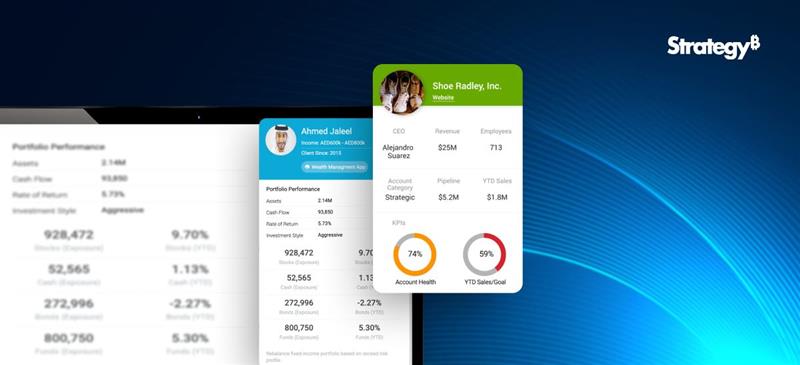These days we are into the 2-D screen of our mobile phones and watch videos and shows and engage in many more activities. But we are not carried away to that place or get immersed in it. Through the metaverse, that is possible. Here you can have an avatar which can act as a replica of your physical self. You can indulge in anything from hanging out with pals, participating in sports or workout sessions, learning new courses or activities, attending events, or shopping.
What are the possibilities Metaverse offers?
Using the limitless opportunities, you can virtually own digital clothing, buy land, construct buildings, start businesses, visit nightclubs and shopping centres, and even buy digital artworks. Non-fungible Tokens (NFTs) are used in the metaverse to digitally represent physical assets like art, music, in-game goods, and videos. They can be purchased and sold online. An evolving business strategy called “Direct-to-avatar” (D2A) makes it possible to sell and buy goods directly to avatars or other digital identities in virtual environments. Here, the possibilities are just boundless. Considering the future prospects, many brands like Adidas, Nike and Gucci, to name a few, have invested in the metaverse. As Gen Z and millennials are already spending a considerable amount of time in the virtual world, it is anticipated that by the end of 2022, the global VR sector will generate over $6.71 billion in revenue, and by 2024, it will be around $12.19 billion.
Metaverse generates value in customer experience by providing real-life interactions and can revolutionise user experience. Let’s see how it can be done:
1. Providing Unique Customised Experiences
Customisation plays a crucial part in today’s business world, as does in the metaverse. Businesses struggle to tailor the experience for each consumer, whether they prefer to purchase online or go to a physical store. Thankfully, the metaverse can guarantee that each customer’s experience in an online store is distinctive. Customers can browse products geared toward their unique needs rather than browsing products that are of no interest to them. Additionally, the metaverse encourages connectedness, so consumers may share their experiences with other metaverse users and read reviews of goods and services before making a purchase.
Sports gear giant Adidas is one step ahead of the game by providing virtual gear for the virtual world and metaverse. Major apparel retailers like Macy’s, Adidas, and Modcloth have already adopted virtual dressing rooms to enable customers to visualise a garment on their body without actually trying it on. The Swedish furniture retailer IKEA has already released an augmented reality catalogue app that lets you view how various pieces of furniture would look in your home. Nike owns Nikeland, a virtual world which is a free immersive sports space where you participate in sporting events from your computer or phone through your unique avatar.
2. Trials Using Virtual and Augmented Reality
Earlier trials were provided only for digital products, but with the help of the metaverse, we can experience every product virtually. For instance, we can choose a hotel to stay in after virtually experiencing the facilities provided by it. That’s cool, isn’t it? The metaverse uses augmented and virtual reality to give users a fully immersive experience. Customers who engage in immersive experiences may be able to do things that they otherwise might not have been able to do or uniquely do things. From buying lipstick after a virtual trial to buying a car after a virtual drive allows customers to explore and experience more realistically. Customers can currently utilise augmented reality through apps in a limited way, but the metaverse will allow them to experience the product from a close-up and personal perspective. For instance, Hyundai’s mobility adventure enables a vivid virtual experience.
BMW’s augmented reality experiences enable automobile buyers to modify their desired vehicles in showrooms with the help of their tablets or smartphones. Alternatively, consumers can don virtual reality goggles to experience what it’s like to drive cars, which will help them comprehend their options and select the best option available for their new car.
3. Accessible from Anywhere
The metaverse offers businesses plenty of advertising opportunities, but it also enables customers to interact with the people, places, and brands that interest them. Businesses can provide customers with experiences that let them explore their interests in greater detail without leaving the comfort of their homes and provide free samples of real-world events.
For people for whom it is not always feasible or economical to attend events in real life, the metaverse is the ideal replacement. Through 3D virtual worlds and avatars, users can enjoy affordable front-row access to various events with a level of immersion that must be experienced. Thanks to simple navigation, which places them in a metaverse tailored to their interests.
If you want to go shopping and there is no time for that, you can access it virtually from anywhere. To cite an example, for interior designing of your house, you can try different pieces or types of furniture from a virtual shop by arranging those in a digital representation of your house. Customers could quickly see whether the sofa would go with the colour scheme of their floor or wall or whether a wardrobe would fit in the available area. Ikea, the furniture brand, has already provided virtual experiences for customers. Buying land without the help of an agent is possible through Upland, a virtual real estate software that lets users browse and buy virtual property connected to actual towns and cities.
4. Strengthen Customer Experience
Companies now offer advice and assistance in addition to goods and services. Metaverse enables businesses to develop natural relationships with clients that weren’t feasible with earlier forms of technology. Through virtual reality, customers experience ‘story-living’ rather than just ‘story-telling’. Shoppers can have a distinctive customer experience as they can purchase through experiencing it, have opinions about it, interact with other users and ask questions in the metaverse itself.
The businesses are testing out virtual and augmented retail on various platforms. Within the Roblox online multiplayer game, Gucci and Nike have unveiled fashion shows. In Fortnite, Balenciaga has begun offering high-end clothing. Additionally, the South Korean social avatar app Zepeto, Ralph Lauren, and Adidas have introduced interactive experiences. In the meantime, Charlotte Tilbury has established a virtual cosmetic store.
The journey doesn’t end with how companies interact with customers in the metaverse. Businesses that use the metaverse’s advantages ensure their clients have a customised experience that develops at the same rate as the metaverse. It’s time for businesses to be prepared to adopt the impending metaverse and become early adopters before it is too late.
Even though the metaverse is the next frontier of internet technology and consumer experience enhancement, massive adoption and accessibility are crucial. It’s vital for business owners to begin learning about how these virtual worlds function, what opportunities and problems there are, and how to take advantage as soon as possible.




